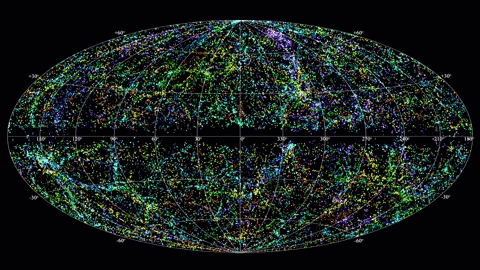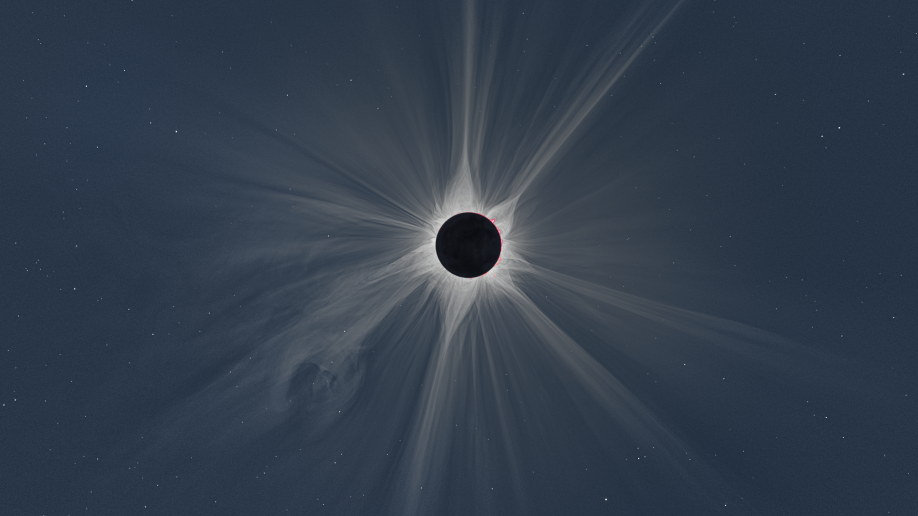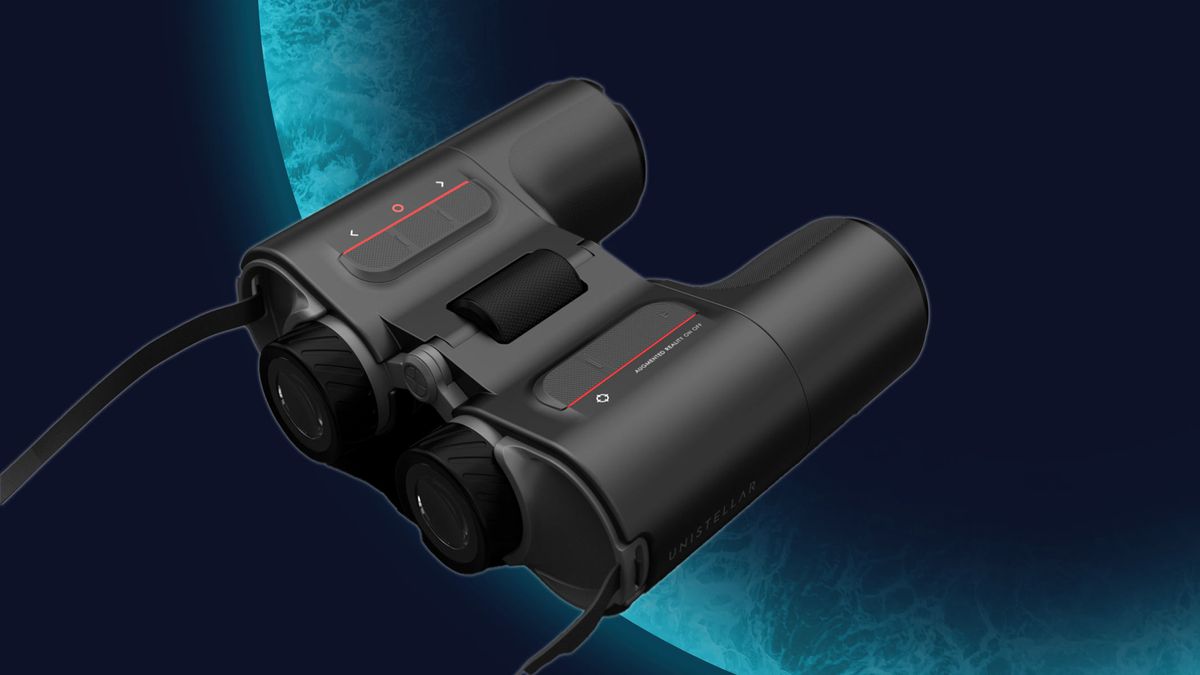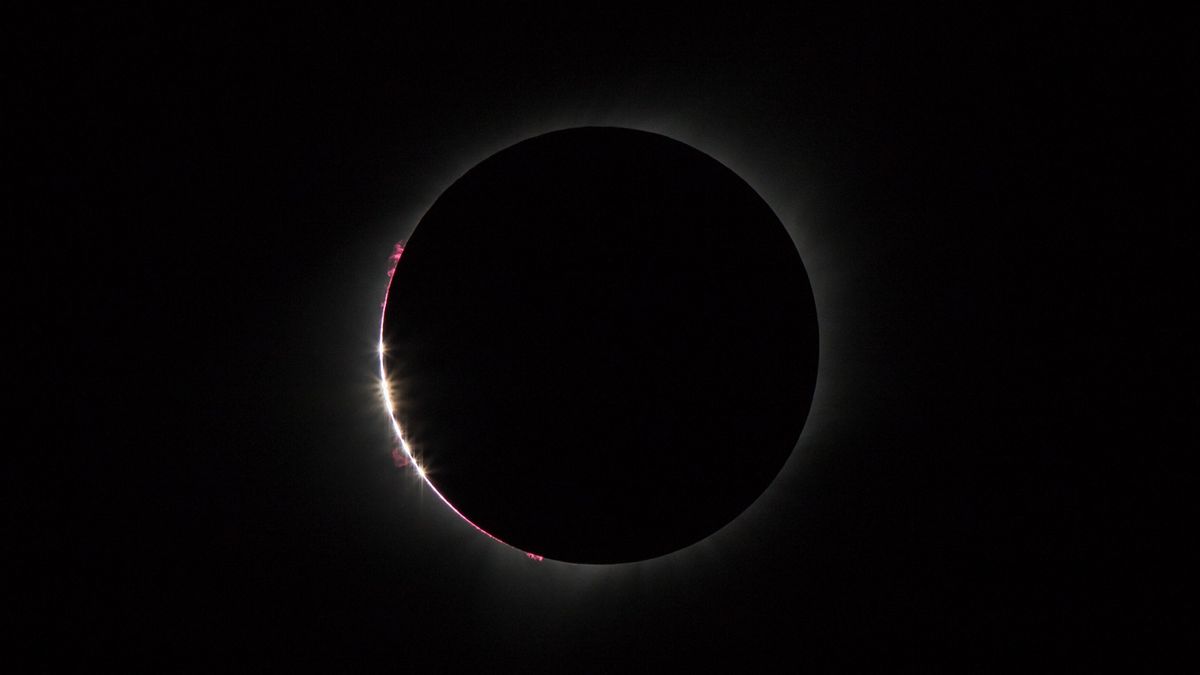Unlocking the Mystery of Fast Radio Bursts (FRBs)
Fast radio bursts (FRBs) are intense, short-lived blasts of radio waves originating from beyond the Milky Way. These bursts can emit the same amount of energy in just thousandths of a second that the sun takes three days to emit. Despite their power, the origin of these bursts remains a profound mystery. It is estimated that around 10,000 FRBs could occur in the sky over Earth every day. One of the most intriguing aspects of FRBs is that while the majority of them flash once and then disappear, a small fraction (less than 3 percent) repeat the flash. This has spurred scientists on a quest to understand the mechanisms that give rise to FRBs. Some researchers even suggest that different celestial objects could be responsible for both repeating and non-repeating FRBs.
Insights from the University of Toronto
Researchers from the University of Toronto utilized the Canadian Hydrogen Intensity Mapping Experiment (CHIME) to study the properties of polarized light associated with 128 non-repeating FRBs. The study revealed that the one-off FRBs appear to originate in distant galaxies similar to our own Milky Way, rather than the extreme environments that give rise to their repeating counterparts. These findings represent a significant step forward in unraveling the enigmatic nature of FRBs.
“So far, when we’ve thought about FRBs, we’ve only looked at them in the same way that we would look at a star in the sky,” explained Ayush Pandhi, the lead author of the study and a Ph.D. student at the University of Toronto. “However, FRBs are special because they also emit polarized light, meaning the light coming from these sources is all oriented in one direction.”
The research delved deeply into the investigation of polarized light, which can provide crucial insights into the mechanisms behind FRBs. By analyzing polarization, scientists can gain a better understanding of the source of the FRB and the environments it traversed before reaching Earth.
Challenges in Studying Non-Repeating FRBs
One of the main challenges in studying non-repeating FRBs is the unpredictability of their occurrence. Unlike repeating FRBs, which can be anticipated and observed, non-repeating FRBs require telescopes capable of scanning large areas of the sky simultaneously. The CHIME telescope’s unique ability to survey vast portions of the sky at once has been instrumental in this research.
“They could pop up anywhere in the sky. CHIME is unique in that sense because it looks at such a large patch of the sky all at once,” Pandhi noted. “Also, people have not really looked at that polarization yet because it’s much harder to detect just on a technical level.”
By analyzing the polarization of over 100 non-repeating FRBs, the study sheds light on the differences between repeating and non-repeating bursts, offering new perspectives on the origins of these cosmic phenomena.
Unraveling the Mystery
While the exact mechanisms behind FRBs remain elusive, these bursts of radiowaves carry valuable information about the environments they traverse. The polarization of FRBs can provide clues about the objects that launch them and the conditions they encounter along their journey.
“Non-repeating FRBs tend to come from environments that have either weaker magnetic fields or less stuff around them than repeating FRBs,” explained Pandhi. “So repeating FRBs seem to be a little bit more extreme in that sense.”
By ruling out highly magnetized, rapidly spinning neutron stars as the sole source of FRBs, the study opens new avenues for understanding these cosmic enigmas. Further research on the polarization of FRBs could help refine theoretical predictions and unravel the mysteries of these celestial phenomena.
“If you’re a little bit of a detective who likes to solve mysteries, FRBs are just a mystery that is just begging to be solved,” concluded Pandhi.
The findings of this study were published in the Astrophysical Journal.
Image/Photo credit: source url





